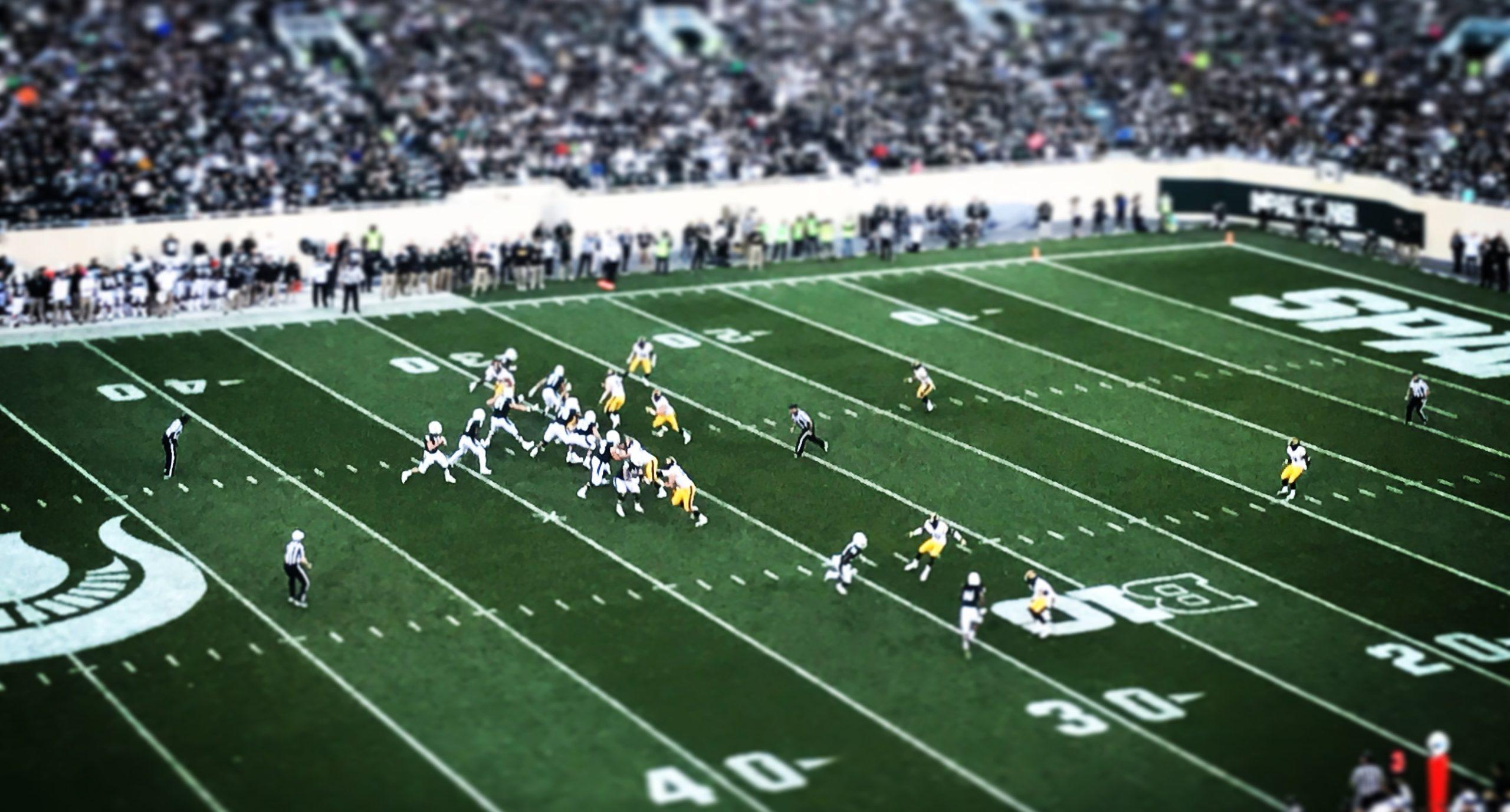VAR Technology – A Help Or Hindrance?

VAR Technology – A Help Or Hindrance?
Index
The use of Video Assistant Referees (VAR) is now ingrained in world football’s elite tournaments and competitions, including at the 2023 FIFA Women’s World Cup. Is the tech as effective as it could be, or should be?
The stadiums are packed, most matches have been thrillers, and cities around Australia and New Zealand have been inundated with tens of thousands of visiting tourists.
But this is FIFA… and no World Cup would ever be complete without a few unexpected changes that take everyone by surprise.
The most obvious on-field change has been seeing referees mic’d up to inform spectators of what’s happening with VAR.
It happened twice in the first half of the Matildas’ 4-0 group-stage drubbing of Canada in Melbourne.
First, it looked like Australia’s opening goal from Hayley Raso had been disallowed for offside.
But that was until the intervention of VAR, with French referee Stephanie Frappart telling the crowd after a video review “there was no offside” at the start of the move.
Then the Aussies had a goal disallowed by VAR, after Mary Fowler slammed a goalmouth scramble into the roof of the net – only for a lengthy video review and FIFA’s semi-automated offside technology to rule Ellie Carpenter fractionally offside.
It was huge drama – and one that put the experienced Frappart at the centre of the action.

The Latest Tech Change To VAR Decision-Making
While VAR has been used in international football since 2017, one of the common complaints about them is that fans in the stands can’t tell what is happening during video reviews.
And they still can’t – well, not really – at least not with the system currently in use.
That’s because the only thing referees have been doing at this World Cup is explaining an outcome which is already fairly obvious from their hand signals.
In other words, it doesn’t really help to hear referees say: “after an on-field decision, my decision is… penalty kick,” when they’ve already pointed to the penalty spot and followed that up with two minutes of silence.
But the change has come about because when referees communicate with video assistants in other sports, the actual decision-making process is usually broadcast as well – which is an extra step beyond what’s been happening at this World Cup.
Legendary former referee and current chairman of FIFA’s referee committee, Pierluigi Collina, said in February the world game’s governing body had looked to the United States for inspiration.
“I have to say that there are other experiences in other sports, namely the NFL in American football, who have been doing this for quite a long time,” Collina said.

Limited Availability of VAR
The use of VAR remains one of the most controversial issues in football – not least because it can’t be replicated at grassroots and amateur levels.
So is it a good thing that referees are now telling fans in the stands and watching at home on TV what has happened after a VAR review?
Or is this an example of tech taking something simple and making it more complex?
For more tech, marketing, branding, and sales news, tips, insights, and plenty else, check out more of our blog or follow Hunt and Hawk on LinkedIn.